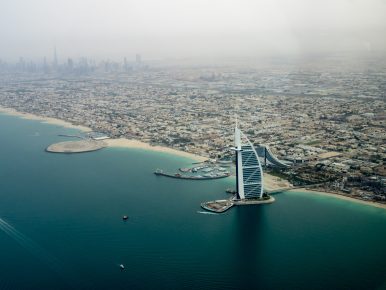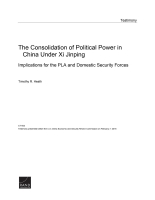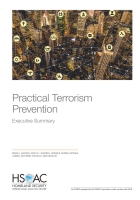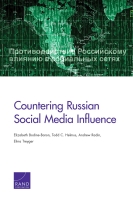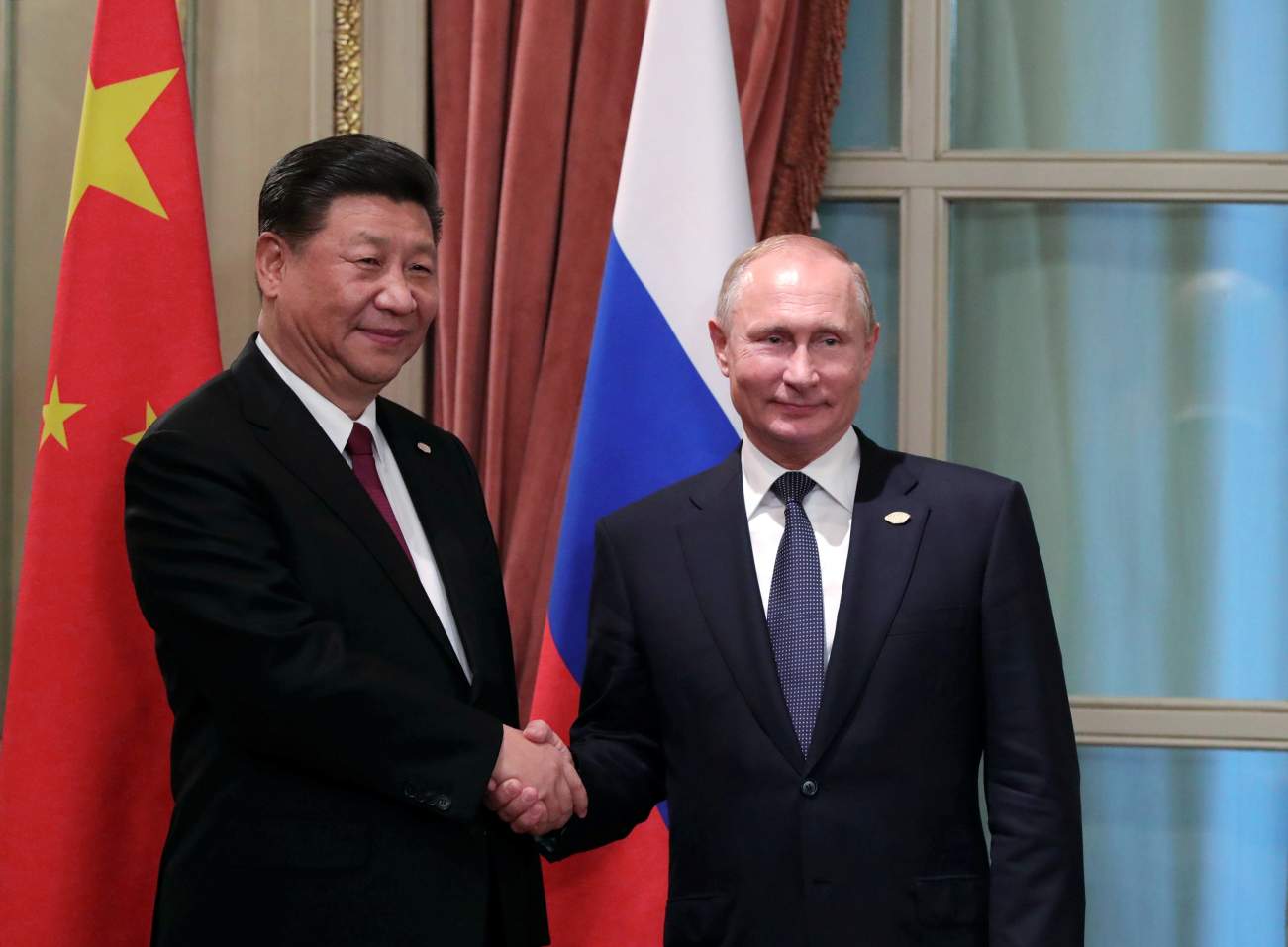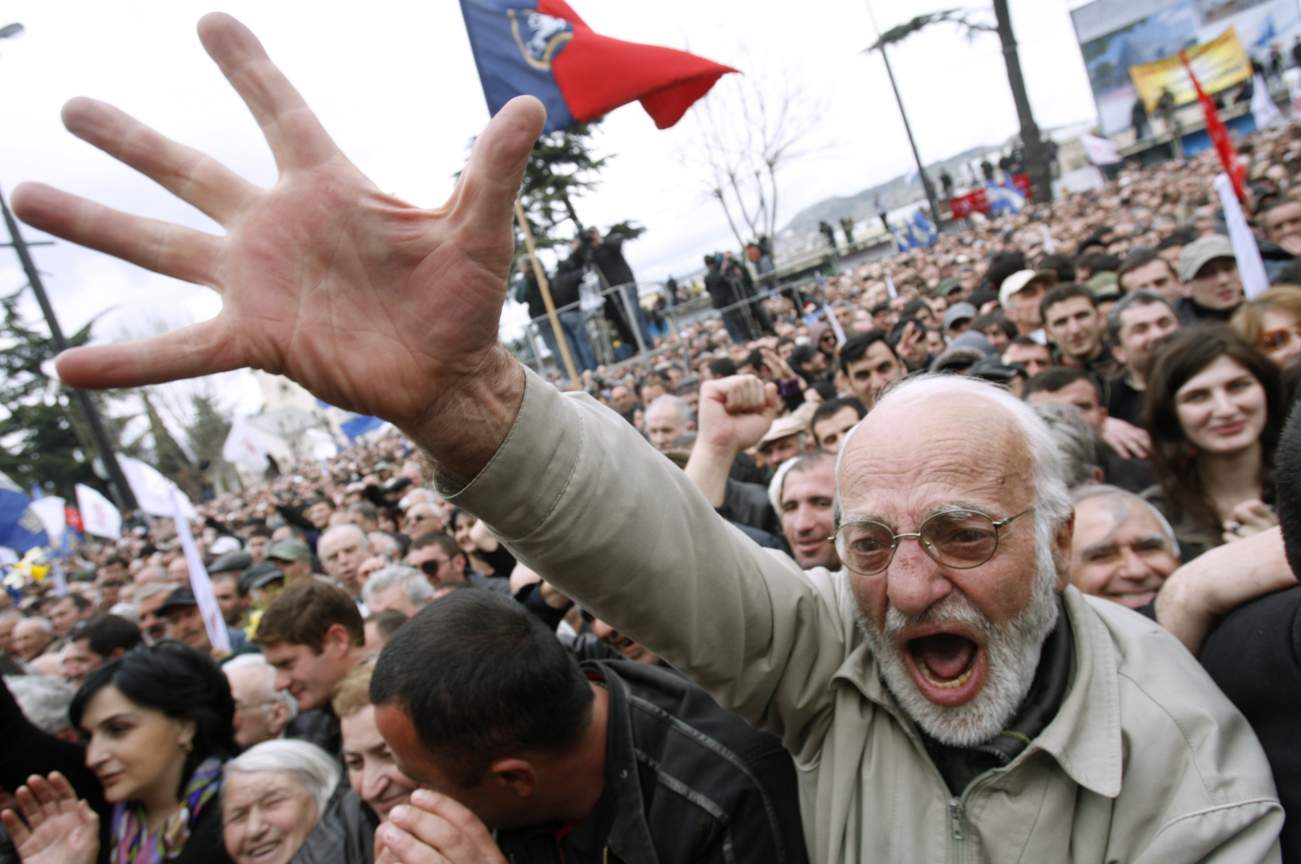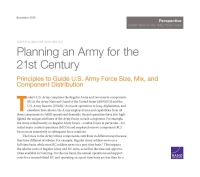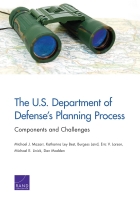By Prarthana Basu
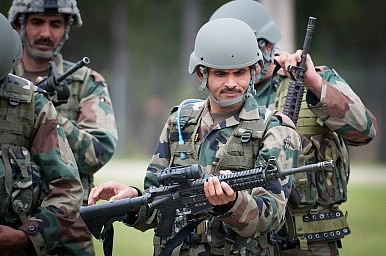 The Pulwama attack has once again drawn attention to China’s equivocal stance on Pakistan-based terror outfits.
The Pulwama attack has once again drawn attention to China’s equivocal stance on Pakistan-based terror outfits.
India has yet again become the victim of cross-border terrorism and insurgency. An attack in the Pulwama district of Jammu and Kashmir cost the lives of over 40 Central Reserve Police Force troops. Afterward, countries across the globe expressed deep condolences and resolutely spoke out against terrorism. While India continues to stand its ground firmly in denouncing terrorism, the Pulwama attack lays bare the difficulty of the fight against Pakistan’s state sponsored terrorism and the ineffectiveness of the measures India has been taking at the international level, in various multilateral organizations such as in the United Nations, BRICS, and the Shanghai Cooperation Organization. When terrorist and insurgent groups strike, India retaliates with counter measures and pre-emptive strikes but it continues to suffer the costs of terrorism domestically.


